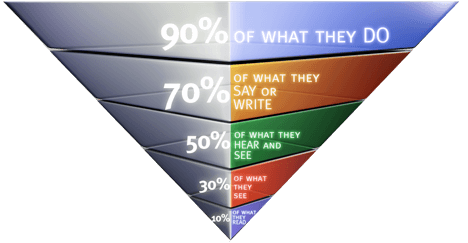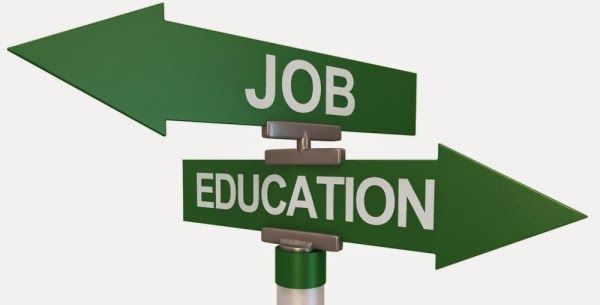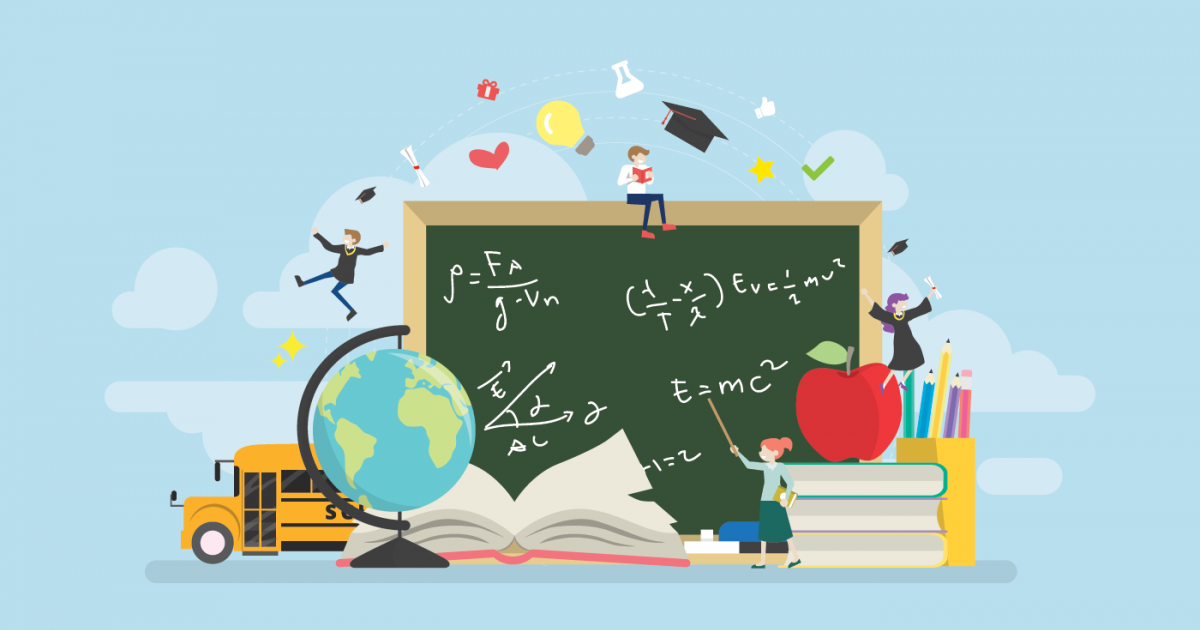 Throughout 1980 – 2000, schools in America were becoming more well developed. In some cities, many schools were controlled by business leaders in which they use it as a way to advertise their products, while some of them invest things like computers and other class materials.
Throughout 1980 – 2000, schools in America were becoming more well developed. In some cities, many schools were controlled by business leaders in which they use it as a way to advertise their products, while some of them invest things like computers and other class materials.While reading the passage I’ve agreed with two things. The first one was: “Parents have far more choices among schools than they did a quarter-century ago” p.180. I agree with it because if look back a quarter-century ago, school’s education systems didn’t have that much growth. Especially to the eyes of many African American parents and students, which didn’t have that many choices in choosing a school that would best fit them. But now, if looking past that time, they can choose any top school that will benefit them in the future.
I also agree with the “Nation at risk” act which wanted school’s year to be longer, more test, increased high school graduation requirements and also asked American students to rank first on international tests in Math and science” P.177. I agreed because if look back a couple of years ago the education system wasn’t challenging enough, in other words not well structured to help America’s future. That’s the main reason why they passed this act, to help America regain control of their economy which was hurt by student’s who didn’t get a good education. This the main reason why I choose this activity because it will help the country grow and it's economy.
 I also disagree with the act because I believe that if the students are required to be ranked first, in math and science. It could mean that many students won’t be able to enjoy their education, because not everyone can perform best when there’s pressure. This can lead to a nation being at risk.
I also disagree with the act because I believe that if the students are required to be ranked first, in math and science. It could mean that many students won’t be able to enjoy their education, because not everyone can perform best when there’s pressure. This can lead to a nation being at risk.Another disagreement I have is the” voucher program” P.192. I disagreed with it because it will jeopardize the schools, it comes to the point where another loss is another school gains. And also if most students from that school use the vouchers to go to private school, it can lead to the school shutting down and a lot of unemployed teachers.
Two parts of the text I wanted to act upon is when Annette Polly Williams said “I’m not in this battle on education to save any institution but I am here to save the lives of children by any means necessary” P.193. While her goal is to save children live is a good thing, but I think her choosing that kind of way will eventually hurt the lives of those children. Because what if those children parents work for an institution and they lost their job due to the voucher, it will be hard for them to support their kids. Another part from the text I wanted to act upon is “Many schools in Baltimore were overcrowded and underfunded” P.200. One I believe the school in Baltimore could have prevented this is by only allowing certain amounts of students, which could force the city or the government to build a new school. We can see that even though school systems were evolving but they were facing some major setbacks.







